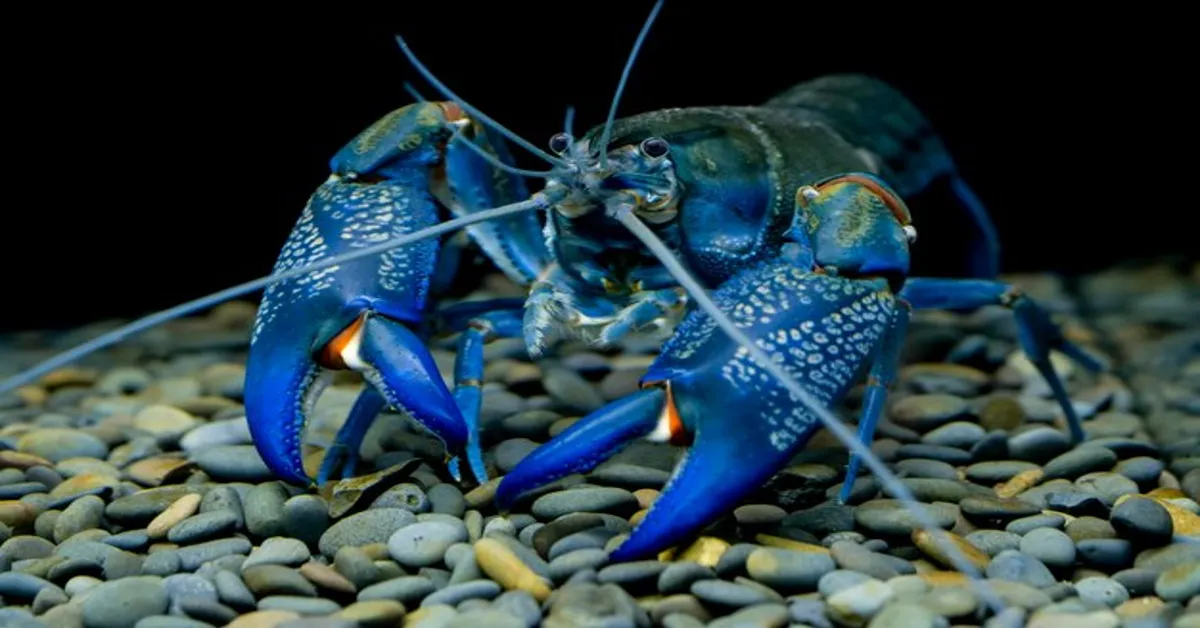The blue lobster is one of nature’s rarest and most fascinating marine creatures. Unlike the common brownish-green lobster, this striking blue variation is a genetic anomaly, making it a prized discovery among fishermen and marine biologists. With an estimated occurrence of only 1 in 2 million, lobsters captivate seafood lovers and conservationists alike. This article explores what makes blue lobsters unique, their habitat, scientific significance, and their cultural impact.
What is a Blue Lobster?
A Rare Genetic Mutation
A blue lobster gets its vivid coloration from a genetic mutation that causes it to produce an excessive amount of a particular protein called crustacyanin. This protein binds with pigments in the lobster’s shell, resulting in an intense blue hue instead of the usual brown or green.
How Rare Are Blue Lobsters?
- The odds of finding a lobster in the wild are approximately 1 in 2 million.
- Even rarer color variations include albino (1 in 100 million) and calico lobsters (1 in 30 million).
- Fishermen occasionally catch blue lobsters, but most are released back into the ocean or sent to aquariums for public display.
Where Are Blue Lobsters Found?
Habitat and Distribution
Blue lobsters are found in the same environments as their more common counterparts, primarily in:
- The North Atlantic Ocean, especially near the coasts of New England (USA) and Canada.
- Coastal waters along Europe’s Atlantic coast.
- The deep, rocky seabeds where lobsters typically burrow and hunt for food.
Lifespan and Diet
- Blue lobsters have an average lifespan of 40-50 years in the wild.
- They are omnivorous, feeding on fish, mollusks, algae, and small marine organisms.
The Significance of Blue Lobsters
Scientific Interest
Marine biologists study lobsters to better understand genetic mutations in crustaceans. Their coloration provides insights into how pigmentation works in marine life and how environmental factors may influence genetic diversity.
Cultural and Symbolic Impact
- In some cultures, a lobster is considered a symbol of luck and rarity.
- Some seafood restaurants display lobsters as a unique attraction rather than serving them.
- Several aquariums, such as the New England Aquarium, house lobsters to educate the public on marine biodiversity.
Can You Eat a Blue Lobster?
Yes, lobsters are edible and taste the same as regular lobsters. However:
- Due to their rarity, they are almost never sold in seafood markets.
- Many fishermen donate them to aquariums or release them back into the wild.
- When cooked, their shell turns red, just like normal lobsters.
Conclusion
The lobster is a fascinating marvel of nature, capturing the curiosity of scientists, fishermen, and marine enthusiasts. Whether you view them as a genetic wonder or a symbol of luck, their rarity and beauty make them one of the ocean’s most prized discoveries.
FAQ: Common Questions About Blue Lobsters
Q1: What causes a lobster to be blue?
A rare genetic mutation causes the lobster’s body to produce excess crustacyanin, which alters its pigmentation.
Q2: Are blue lobsters endangered?
No, lobsters are not a separate species and are not endangered. Their rarity is due to genetics, not population decline.
Q3: Where can I see a blue lobster?
Many aquariums worldwide, including the Maine State Aquarium and the New England Aquarium, have lobsters on display.
Q4: Are there other rare lobster colors?
Yes! Some lobsters come in even rarer colors:
- Albino (White Lobster) – 1 in 100 million.
- Calico Lobster (Spotted Orange and Black) – 1 in 30 million.
- Split-Colored Lobster (Half Blue, Half Orange) – 1 in 50 million.









